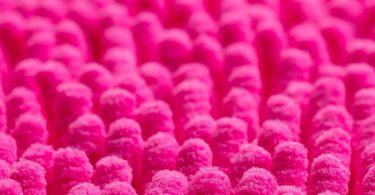Anti Aging Medicine World Congress
Monaco 02 04 2016.
Session PREVENTION AND PRACTICE OF GLYCATION
Pr Yoshikazu Yonei MD, PhD
Anti-Aging Medical Research Center, Doshisha University, Kyoto, Japan
Abstract:
Introduction:
Glycation occurs when a reducing sugar, such as glucose or fructose, combines with a protein in a non enzymatic reaction producing glycated proteins finally forming body wastes called “advanced glycation end products (AGEs)”. Furthermore, AGEs, not only deposited in the tissue, may also bind to a specific receptor called “RAGE (receptors for AGEs)”, followed by stimulating cellular signal pathways, inducing inflammatory cytokine production and causing inflammatory dames in skin and other tissues. Glycative stress is a risk factor of aging and age-related diseases, i.e., atherosclerosis, osteoporosis, skin aging, cataract.
Three steps reducing the glycative stress are as follows:
Reducing impacts by glucose, fructose and AGEs with proper eating habits, moderate exercise…
Prevention of AGEs formation with AGEs inhibitors (Camellia sinensis, Diospyros kaki, Sasa veitchii, Rubus suavissimus…).
Breaking AGEs with AGEs breaking food and extracts (Rosemary and rosmarinic acid…) such as AGE BREAKER™.
Conclusion:
Glycative stress can be reduced through an appropriate diet, lifestyle, intake of anti-glycation material inhibiting
AGEs formation and AGEs Breakers.
Glycative stress can be reduced through an appropriate diet, lifestyle, intake of anti-glycation material inhibiting AGEs formation and AGEs Breakers.
Revue de présentations scientifiques réalisée par Thomas Josse (leblogdethomasjosse) pour Insideagebreaker.org
Crédit photo : Temps & gravité – Getty Images









